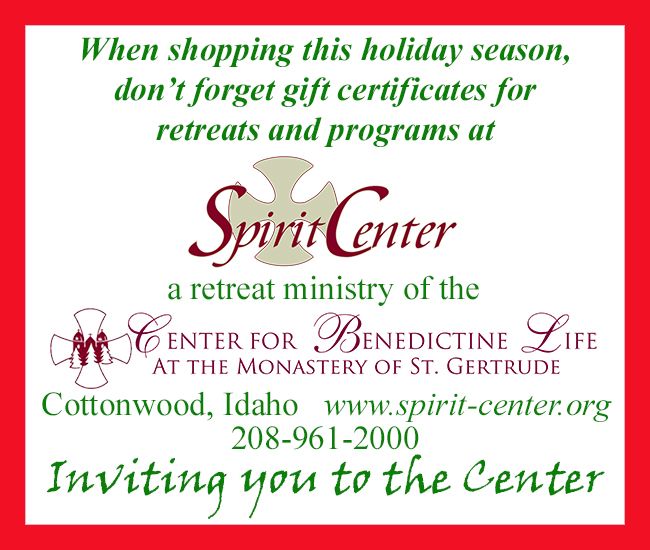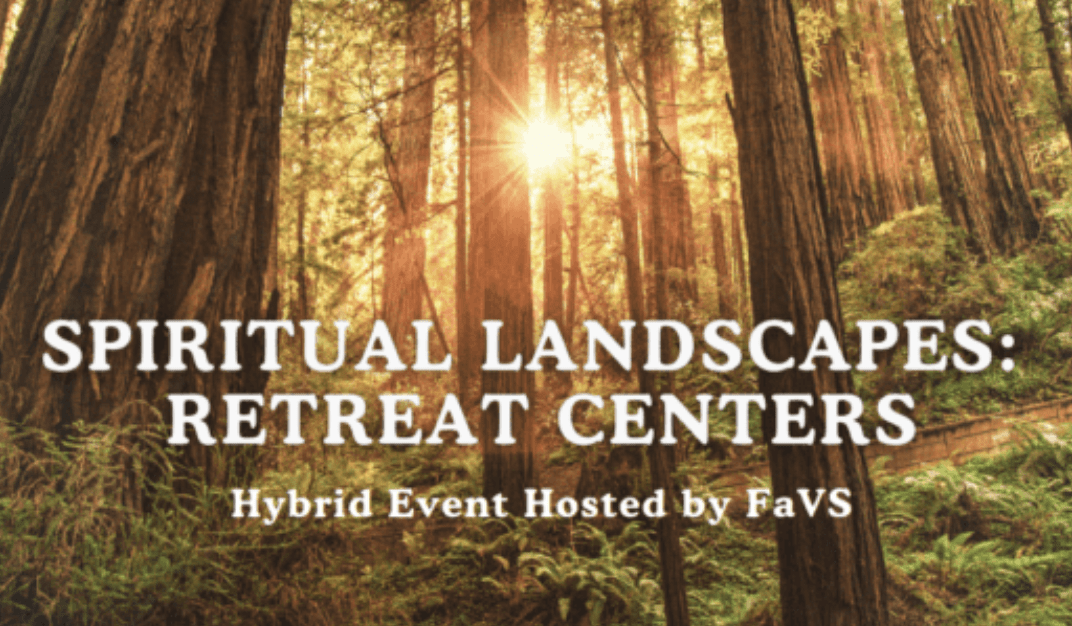Guest column by Denise Yost
I just noticed my mind wandering. I bring it back to the present moment, this moment. I inhale, I exhale – wait – I inhale, then I notice that there is a slight pause before I exhale again. My thoughts race as I exert gentle effort to just notice my breath. Now I notice the slight pause at the end of my exhale before I inhale again. A few moments pass and I notice my mind wandering, again. The moment I notice, I am practicing mindfulness, I treat the noticing as a pointer and return my focus to the present moment. My attention is again fluid and I’m with the exquisite detail and rhythm of my breathing, the breath that sustains me moment to moment. Nothing is solved or disappears as I practice, but I know this feels good, inherently good. Mind wandering, focus returned to the present moment. Inhale. Exhale.
What is mindfulness? As I continue to explore this question for myself I’ve unearthed a few beautiful seeds that have been sown for generations, infused with spiritual significance and nurtured in the rich soil of the mind, of awareness and consciousness. Even through my own experiences and investigations, I find that definitions of mindfulness can feel quite slippery. Though we’d love to grasp and hold onto the one that works for us, which I encourage as a start, I’m also keenly aware that the ‘Ah, I’ve figured this out!’ moment transcends definitions. For much of my life and career I’ve thoroughly exercised my scientific mind and must admit that I initially lived for those ‘Got it!’ moments. Now though, those moments just make me smile at the depths of my not knowing, and I rest in the ‘fresh air’ experiences of mindfulness practice, spacious and accepting. The secular definition of mindfulness that I often teach is John Kabat-Zinn’s “Mindfulness is awareness that arises through paying attention, on purpose, in the present moment, non-judgmentally,” or Russ Harris’ “Mindfulness is a mental state of awareness, openness, and focus – a state that conveys enormous physical and psychological benefits.” I argue that the definition is not nearly as important as the willingness to be curious about and practice mindfulness.
The point of this simple discussion on mindfulness is not to exhaustively encapsulate its meaning nor to explore in depth its origins or evolution within and across cultures, though that is the type of material I love to read. Rather, what interests me most about mindfulness is the awesomeness of it, that it is ever-available and that with practice we can each experience mindful moments in our lives and actually cultivate more of these moments and experience ourselves and the world around us more fully.
“Why would I want to do experience my world more completely?” – a common and valid next question posed. We often feel pressured by time with heads full of the thousands of thoughts we experience each day, most of which are negative. We recognize that thoughts are powerful and can drive our actions, creating patterns of fear-based action. This is part of the definition for what I refer to as mind-FULL-ness. In a state of mind-FULL-ness, we are missing out on the richness of everyday life, of connecting to the simple moments that bring us joy and inspire our purpose. Our ability to truly connect and feel connected.
Surely we could use a bit of a rest and a few more of those moments that cost us nothing, but require our full presence – those moments that are ripe with sweetness. Wait, what? I could use a bit of a rest and more sweet moments! I notice in this moment the “I” that is the witness, the observer of my own thoughts and life, always there to remind me that there is more. There is the opportunity in each moment to celebrate what is, if only I’m willing to set down my focus on what is not and return to the present moment. Inhale. Exhale.
For now it is enough to notice that when I am aware of my own thoughts and patterns of thinking I can actually change how I’m interfacing with life. I can be in relationship with it, I can cultivate that relationship, and I can influence what grows.
Practice.
Notice multiple times throughout your day at least one full duration of your breath, from inhale to exhale. As you practice, what is the subtlest experience you are aware of in your body?
Denise Yost is a professor of life skills, communication, and leadership at Washington State University.







